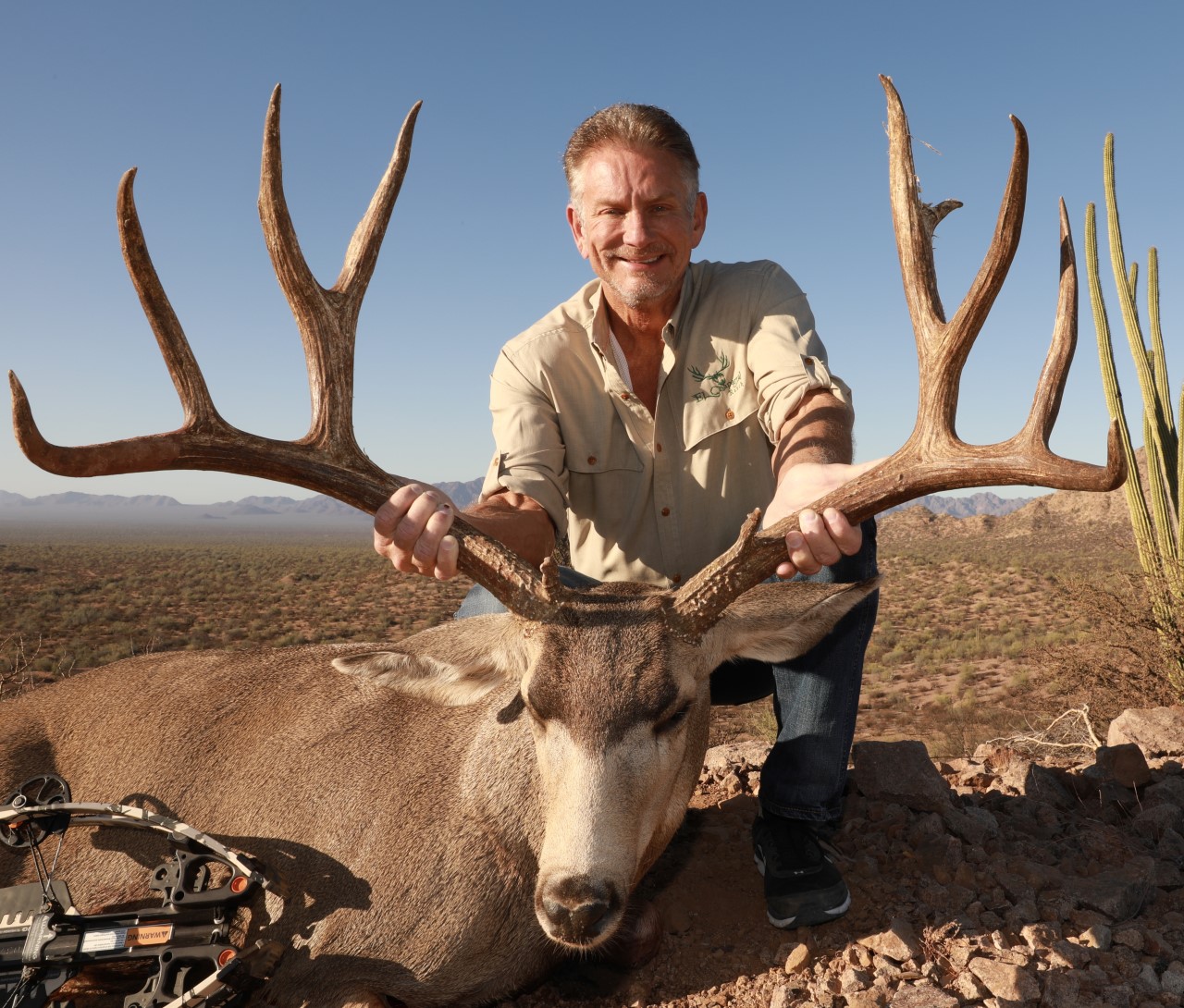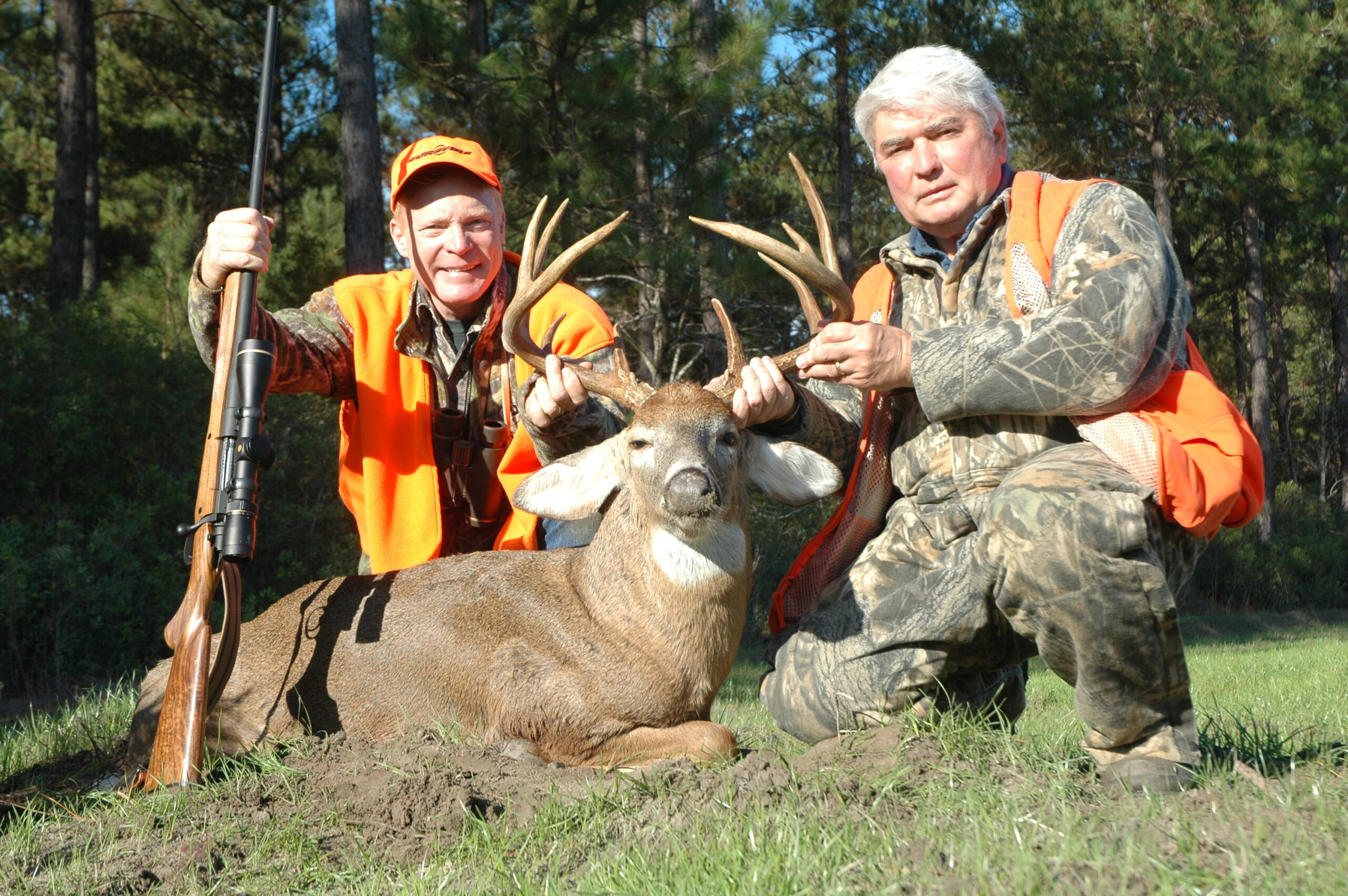The Sauer 101 Highland XTC, a new rifle I mentioned a couple of installments back, has finally arrived, and I think it’s been worth the wait. Essentially it’s a lightweight version of the Highland 101 XT that Sauer introduced back in 2013. The addition of the “C” is for its carbon fiber stock.
The 101 is a member of the ever-growing list of rifles built around the “full diameter bolt” concept. In fact, most of the European-made bolt action rifles today are of this genre, which is characterized by cylindrical receivers with bolts having three (or multiples thereof) locking lugs that do not protrude beyond the diameter of the bolt itself.

With only a round hole needed for a raceway, the tolerance between bolt and receiver can be held much tighter, which results in a smoother, bind-free bolt travel. And of course, with tri-lug actions, bolt rotation is only 60 degrees rather than the 90 required for Mauser-type twin-lug designs.
When I said this was a lightweight version of the already light XT, consider that our test gun chambered in .308 Win. with a 22-inch fluted barrel weighed 5.4 lbs.! Now I have never been a fan of ultra-light rifles, but I have to admit this one feels awfully good in the hands. Though the receiver is essentially a tube, that fact is belied by the deep scallops and contours machined into it making it very attractive indeed. And its geometry and base hole spacing is the same as the Remington 700, so scope mounting options are virtually endless.
The bolt body is fluted to reduce weight, but those grooves also collect dirt on rotation, which keeps the raceway free of grit. Up at the head of the bolt are two rows of three locking lugs, which still qualifies it as a tri-lug action (the Weatherby Mark V Magnum action has three rows of three but it too is still of the tri-lug genre).
Like so many rifles coming out of Europe, the XT’s locking lugs engage abutments in the barrel itself rather than the receiver, thus making the latter a non-stressed component. The ejection port is of minimal size to keep the receiver as rigid as possible; as such, to ensure that cartridges are ejected at the precise angle needed there are two ejector buttons in the recessed bolt face. A nice feature and a nice redundancy.

The barreled action is treated with Sauer’s DLC (Diamond-Like-Carbon), a beautiful matte finish that is 40-times thinner than a human hair, but is said to provide “superior surface hardness and maximum rust protection and wear resistance,” according to Jason Evans, CEO of the Blaser Group. Yes, Sauer is owned by Blaser and is produced in the same factory in Isny as the Blaser straight-pull rifle.
Of course the hallmark of the XTC is its carbon fiber stock, one that is hand laid and exhibits that coarse weave pattern that is so characteristic. It is beautifully done and the only concession style-wise to European taste is the subtle schnabel fore-end tip which I kinda’ like. Other than that, the stock is mainstream American neo-classic.
The barrel is fully floated the entire length of the fore-end and the minimal gap between it and the channel wall is the same on either side. The bottom metal inletting for the trigger guard/magazine housing is just as precise. The gun comes with push-button sling swivels, with the forward one being located at the very tip of the fore-end, another feature I like.
The magazine could not be more perfect; it consists of two parts — the box itself and the follower — both of the same polycarbonate material. It’s light as a feather and virtually indestructible. This one stores cartridges in a staggered row, which gives you a 5-rd. capacity with standard cartridges, yet it fits flush with the belly of the stock.
In keeping with the purposeful nature of this gun — an ultra-light hunting rifle, I chose to mount one of my beloved 6x fixed-power scopes; they’re about as light as a scope can be, and for me anyway have had enough magnification for 95-percent of the hunting I’ve done in my lifetime. And they’re more rugged and reliable than variables.
From among the several 6x’s I own — most of which are no longer made – I again chose the same Nikon I used for the Uberti Courteney Stalking Rifle I reviewed in the previous issue. To mate the two I used ultra-light Vanguard integral base rings. With the Nikon aboard, the range-ready Highland weighed a mere 6 lbs., 7 oz.!

Sauer is confident enough in this rifle to guarantee 5-shot sub-MOA groups and two of the four factory loads I put through it did just that. I can’t think of anything about this rifle I don’t like! The bolt glides like on ball bearings; the trigger is factory set at 2 lbs. and breaks like a glass sliver.
The magazine loads effortlessly by pushing rounds straight down like with an AR mag rather than having to slide them rearward beneath the feed lips. Though mounted on the bolt shroud it’s essentially a tang safety which is as ergonomic as it gets. The safety locks the bolt, but there’s a bypass button just behind the bolt handle that allows cycling the action.
And this bolt handle juts out at a shallower angle than most so there’s more room for the hand. Too many guns have handles that hug the stock too closely making sure acquisition less reliable when trying to reload for a fast follow-up shot with a shouldered gun.
About the only thing I don’t like about this rifle is its $2,995 MSRP, which puts it out of reach for a lot of folks. I can promise, however, that anyone who gets their hands on one of these Highland XTCs may rationalize that that’s not so expensive after all.–Jon R. Sundra




